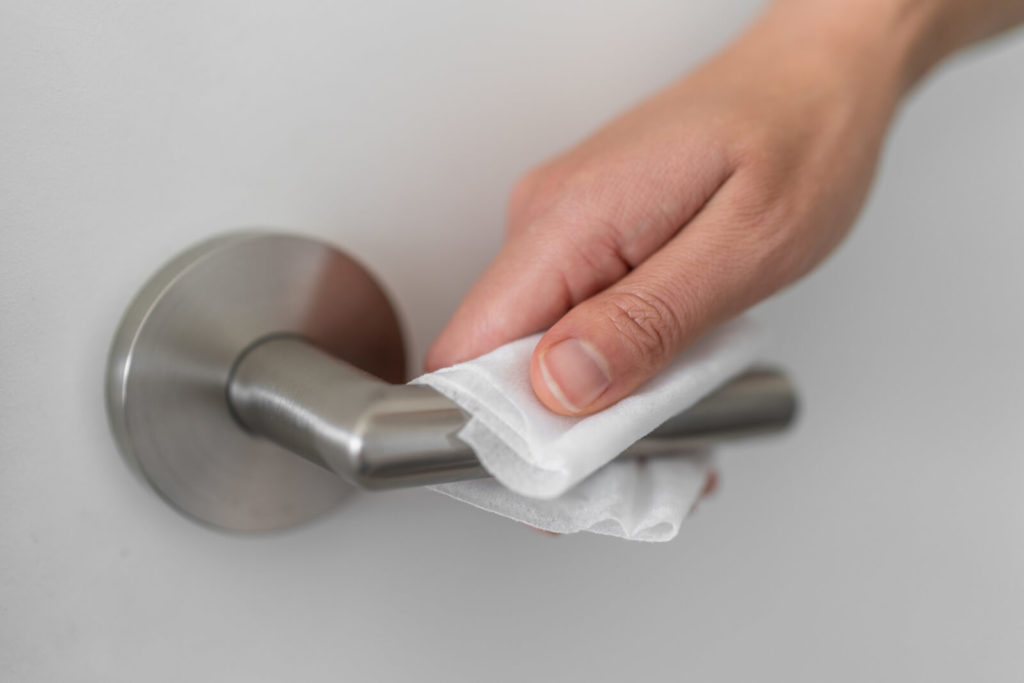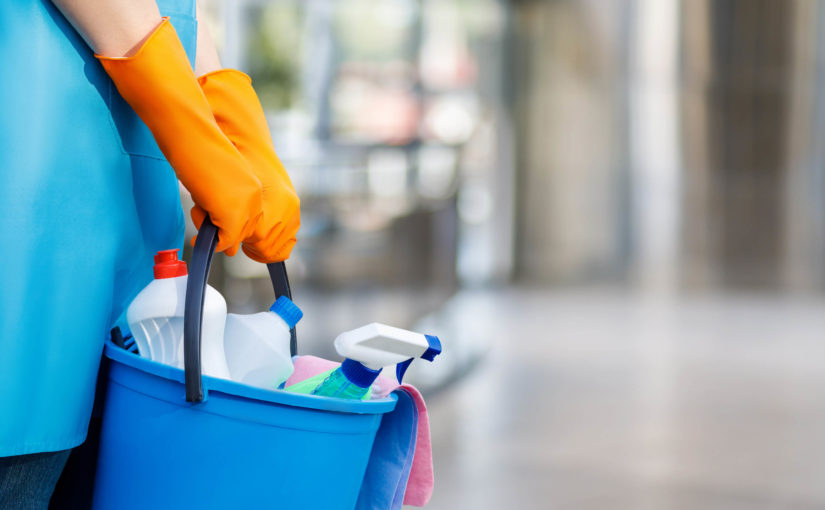Coronavirus has left the majority of us in self-isolation. It is a scary and new situation for people to be in, but there are small steps you can take to reduce the risk of the virus spreading.
The government has given clear guidelines about staying at home. They are as follows:
- For food, health reasons or work (but only if you cannot work from home).
- If you must go out, stay two metres (6ft) away from other people at all times.
- Wash your hands as soon as you get home.
- Do not meet others, even friends or family.
You must follow these guidelines as you can spread the virus, even if you don’t have any symptoms.
While at home, it is vital that you keep surfaces and rooms clean, as germs and bacteria can attach to surfaces, which leads to spreading among members of your household.
Staying at home
Cleaning the home is something we all do, but now more than ever, it is essential to focus on this simple task. As well as the standard clean, there are some extra measures to take that will kill any germs and bacteria.
So, the best thing you can do while being isolated is not to panic-buy toilet roll and pasta, but to clean your home and lower any chances of COVID-19 spreading to you and your loved ones.
Below are some of our top tips for keeping your house clean.
The difference between cleaning and disinfecting
There is a difference between cleaning and disinfecting. Cleaning is removing germs and, disinfecting is killing them. It is important to do both as if germs and bacteria are not destroyed; they can fester and grow.
When disinfecting surfaces, you need to be careful with the products you use. Chlorine bleach is an effective surface disinfectant at low dilutions. If you use this, make sure to keep it out of the reach of children.
How to clean each room
Each room is going to have different cleaning methods. For example, you can’t clean a sofa and carpet in the same way you could clean your kitchen surfaces.
When you are cleaning and disinfecting any room, it is essential to wear gloves of some kind. Rubber gloves are reusable, but disposable latex gloves are fine too.
Try to use disposable cloths or paper towels, if this is not possible, make sure to disinfect your reusable cloth.
Disinfectant wipes and disinfectant sprays are available in supermarkets and online. However, they have rapidly increased in price on sites such as Amazon and eBay.
It is possible to create your own disinfectant with chlorine bleach and water, but you must remember to dilute the bleach! If you do make your disinfectant, it is crucial to do so safely. As well as this, ensure it is out of reach of any children and pets.
Take a look below at how to clean different rooms in your house.

Kitchen
Arguably, your kitchen is one of the most important places to clean and disinfect.
It is important to remember everything in your kitchen. From hard surfaces, cupboard handles, light switches, to your oven. The easiest way to disinfect your kitchen is with disinfectant wipes. Due to COVID-19, however, disinfectant wipes and spray have drastically increased in price.
Make sure to disinfect your kitchen utensils, dishes, and glassware.
Bathroom
Your bathroom can be cleaned in a similar way to how you clean the hard surfaces in your kitchen. It is important to clean and disinfect the surfaces such as toilet seats, taps, sinks, and bathtubs.
As well as the hard surfaces, it is essential to remember to regularly clean towels, bathmats, and shower curtains. It is easy for them to be forgotten about but cleaning them is vital.
When members of the family become ill, a great idea is to replace their toothbrush after this. Doing this will help control germs and bacteria that can prevent infection.
Living room and bedrooms
When it comes to cleaning a living room and bedrooms, it can be easy to forget soft-surfaces such as pillows and furniture. The living room and bedrooms are where members of your household spend the most time. For this reason, it is all the more important to ensure the rooms are clean and germ-free.
Soft-surfaces have the potential to hold germs and bacteria that can cause infections. The soft surface means the germs are easily transferred to hands or clothing.
Although it is rather hard to disinfect a soft-surface fully, the best way to clean is using a disinfectant spray and wipe the surfaces.
Disinfecting devices
Devices such as phones, laptops, and remotes can hold onto any bacteria and germs they encounter. If you think of how often you hold these devices, you can only imagine how dirty they can become.
Alcohol wipes are a great way to clean screens and wipe down your other devices. Amazon sells them, or you could try to get them at your local supermarket.
Something as simple as wiping down your remote could prevent bacteria and germs spreading.
Don’t forget!
It can be really easy to forget about cleaning other surfaces that can hold onto a lot of bacteria. One example is door handles. All members of your household will be touching door handles quite regularly; it is crucial to disinfect them to avoid germs spreading.
Once you have cleaned and disinfected surfaces, make sure they are dry. Dampness helps germs to survive and, in some cases, multiply. If your cleaning equipment is not germ-free, they will just spread germs to other surfaces.
Following these cleaning tips regularly could help to prevent infection in your home and lower the chance of COVID-19 spreading throughout your household.
